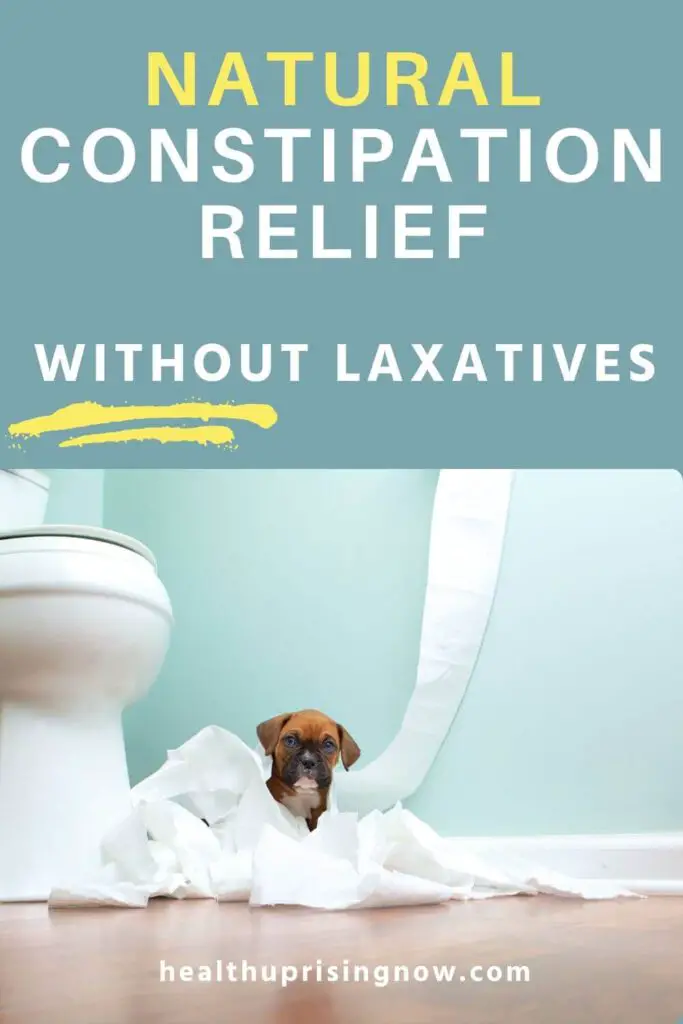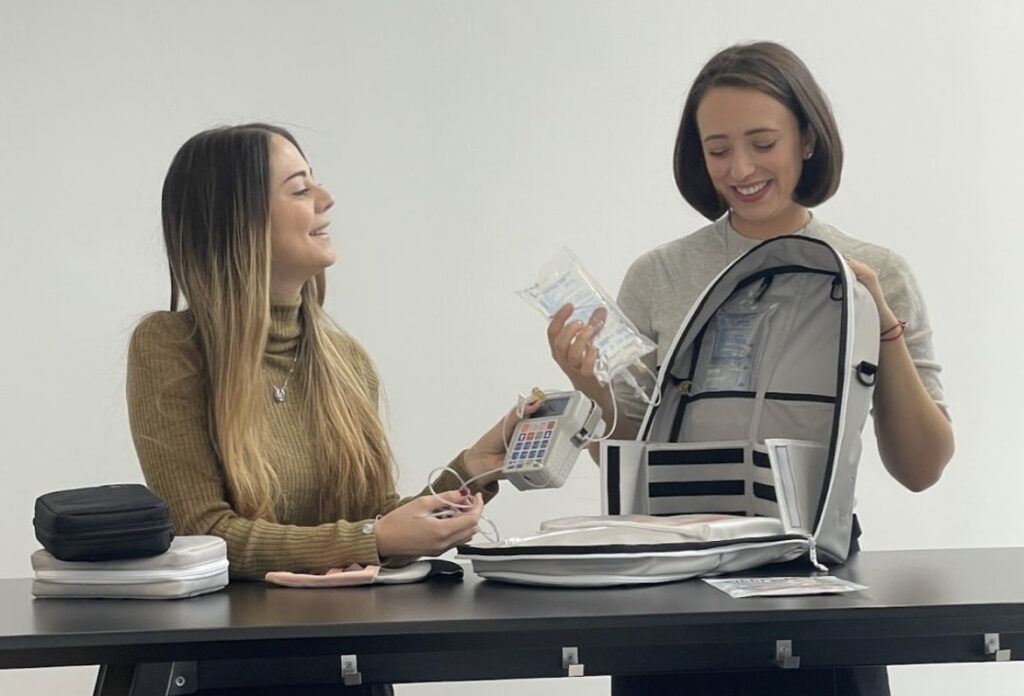Receiving a chronic illness diagnosis is a life-altering event that can evoke a whirlwind of emotions including fear, uncertainty, and anxiety. Resilience is a lifeline, offering solace, cultivating strength and anchoring the mind in turbulent times. In this article, we explore strategies for developing resilience in the face of uncertainty.

Why is it important to build emotional resilience
Resilience is the ability to adapt and thrive in the face of adversity, trauma, or significant stress. It is not a fixed trait but rather a dynamic process that can be cultivated and strengthened over time. Resilience in chronic illness encompasses coping with treatment challenges, managing emotional distress, and finding meaning and purpose in the midst of uncertainty.
How does uncertainty cause stress
Uncertainty is a pervasive aspect of a chronic illness. From the ambiguity surrounding treatment outcomes to the unpredictable nature of chronic illness, patients are often confronted with a myriad of unknowns. This uncertainty can fuel anxiety, depression, and a sense of powerlessness, impacting mental well-being.
Coping with the uncertainty that accompanies a chronic illness diagnosis is a multifaceted journey that requires resilience, support, and proactive self-care strategies.
Importance of acknowledging emotions
It is crucial for individuals facing a chronic illness to acknowledge and validate their emotions. From the initial shock of diagnosis to the ongoing rollercoaster of treatment, it is natural to experience a wide range of feelings. Denying or suppressing these emotions can intensify distress. Instead, creating a safe space to express feelings, whether through journaling, talking to loved ones, or seeking professional support, can help alleviate emotional burden.
Cultivating Resilience in the Midst of Uncertainty
By implementing the strategies below, individuals can develop the resilience needed to navigate the chronic illness journey with greater fortitude and strength.
1. Building a Support Network
Navigating the challenges of chronic illness alone can feel overwhelming. Building a strong support network of friends, family, healthcare professionals, and fellow survivors can provide invaluable emotional support and practical assistance. Support groups offer a great opportunity for patients and their families to come together. Surrounding oneself with positive, understanding individuals who offer encouragement, empathy, and a listening ear can bolster resilience and alleviate feelings of isolation.
2. Seeking Professional Support
Sometimes, coping with uncertainty and maintaining mental health may require professional intervention. Mental health professionals, such as therapists, counselors, or psychologists, can offer specialized support and therapeutic interventions tailored to the unique needs of patients. From cognitive-behavioral therapy to relaxation techniques, these professionals can equip individuals with coping strategies to manage anxiety, depression, and other mental health challenges associated with a diagnosis.
3. Seeking Knowledge and Understanding
Knowledge is power. Taking an active role in understanding one’s diagnosis, treatment options, and prognosis can empower individuals to make informed decisions about their care. Engaging in open and honest discussions with healthcare providers, asking questions, and seeking second opinions can demystify the fear of the unknown and instill a sense of control.
4. Practicing Self-Care

Prioritizing self-care is essential for nurturing resilience in the face of chronic illness. Taking time to rest, eat well, exercise, and engage in activities that bring joy and relaxation, whether it’s spending time in nature, pursuing hobbies, or connecting with loved ones, is essential for maintaining mental health during challenging times.
Mindfulness practices, such as meditation, deep breathing exercises, and yoga, can also promote emotional well-being and reduce stress.
You May Also Want To Read
50 Positive Quotes on Anxiety to Calm Your Mind
Harness the Power of the Mind to Improve Your Symptoms
Self-Care Tips for Women to Avoid Burnout
50 Best Self-Care Gifts for Women for Relaxation and Well-Being
Effective Coping Strategies When You Feel Like A Burden
My 15 Essential Chronic Illness Must Haves: Products to Enhance Your Quality of Life
5. Finding Meaning and Purpose
Finding meaning and purpose can be a powerful source of resilience. Whether it’s connecting with others who share similar experiences, volunteering to help fellow patients, or pursuing creative outlets and hobbies, finding moments of joy, fulfillment, and connection amidst adversity can foster resilience and a sense of purpose.
6. Embracing Positivity
Maintaining a positive outlook can also be quite powerful. While it’s natural to experience a range of emotions, including fear, anger, and sadness, cultivating a mindset of optimism and hope can help individuals weather the storm. Focusing on moments of gratitude, celebrating small victories, and visualizing a future beyond chronic illness can instill a sense of resilience and empowerment.
7. Cultivating Flexibility and Adaptability
Resilience is not about avoiding challenges but rather about adapting and growing in response to them. Embracing flexibility and adaptability in the face of setbacks and uncertainties can help individuals navigate the twists and turns of the chronic illness journey with resilience and grace. Finding silver linings amidst adversity, and focusing on what can be controlled rather than dwelling on what cannot, can foster a sense of hope and optimism in the face of uncertainty. Recognizing that setbacks are not only temporary, but they provide opportunities for growth can fuel resilience and perseverance.
Summary
A chronic illness diagnosis can shake individuals to their core, testing not only their physical strength but also their emotional well-being. Cultivating resilience enables them to feel hope and a sense of control amidst uncertainty. By acknowledging emotions, seeking support, empowering through education, practicing mindfulness and self-care, embracing flexibility, and seeking professional support when needed, individuals can navigate the uncertainties of chronic illness with resilience and strength.
ABOUT THE AUTHOR
Kaitlyn Carlock is an Advocacy Associate at Mesothelioma Hope
Mesothelioma Hope strives to connect mesothelioma patients with the resources they need most. Their goal is to educate and answer questions or uncertainties of a cancer diagnosis, along with helping families find health care and financial benefits to help them pay for their treatment.
The post 7 Strategies for Cultivating Resilience in the Midst of Uncertainty appeared first on Health Uprising Now.








 .
.